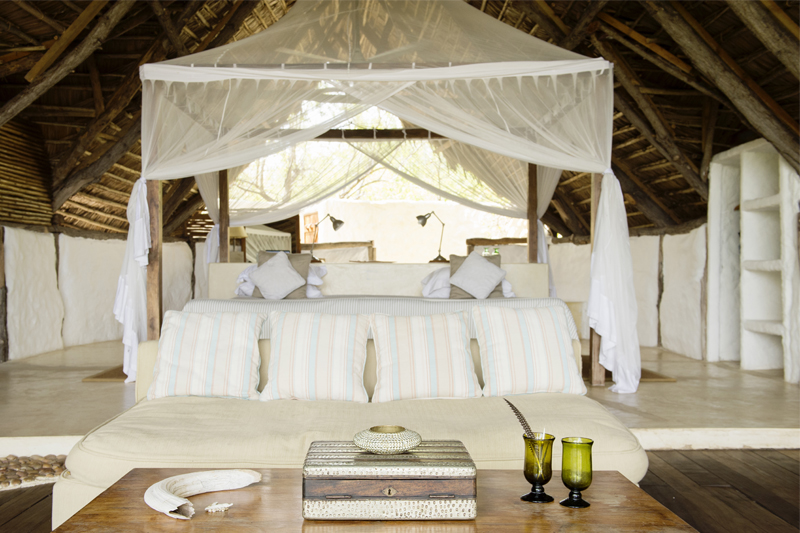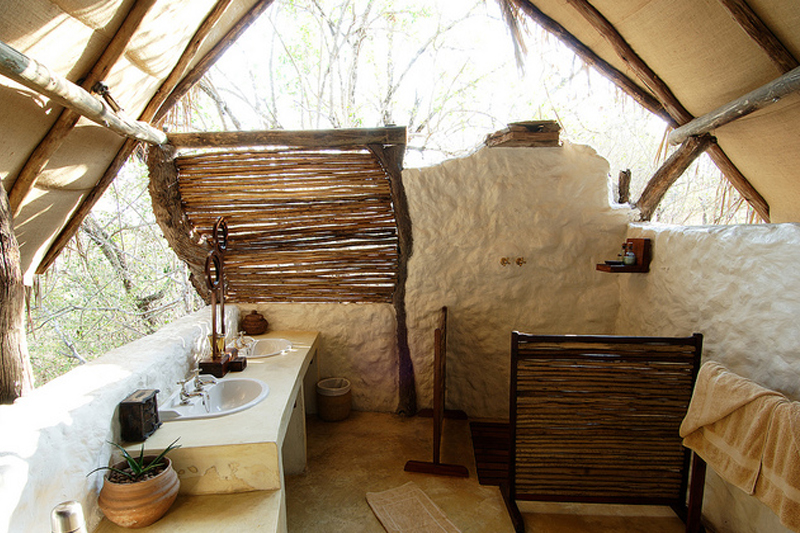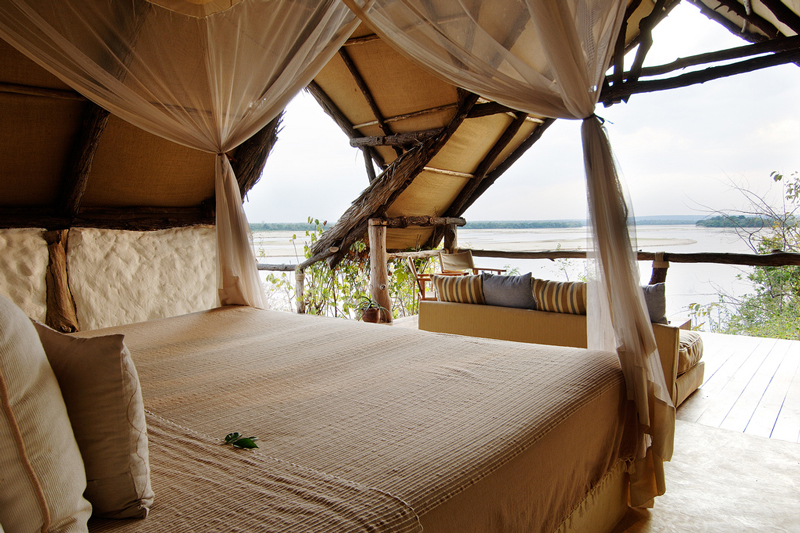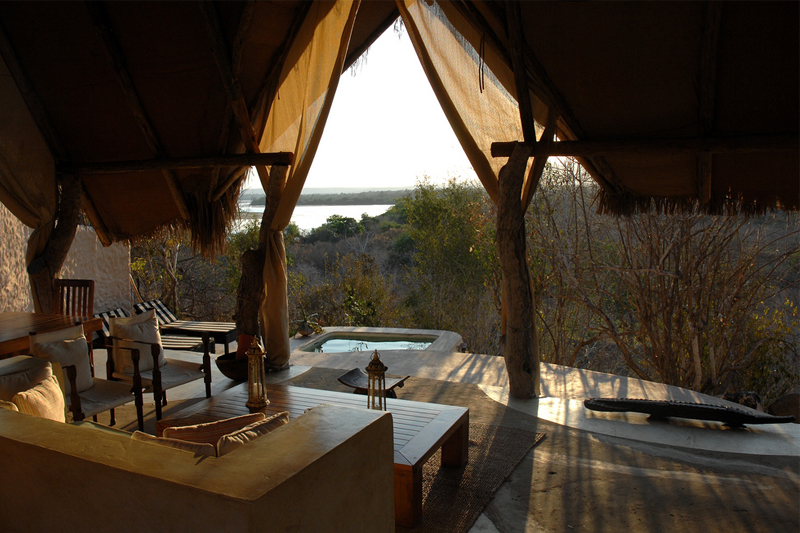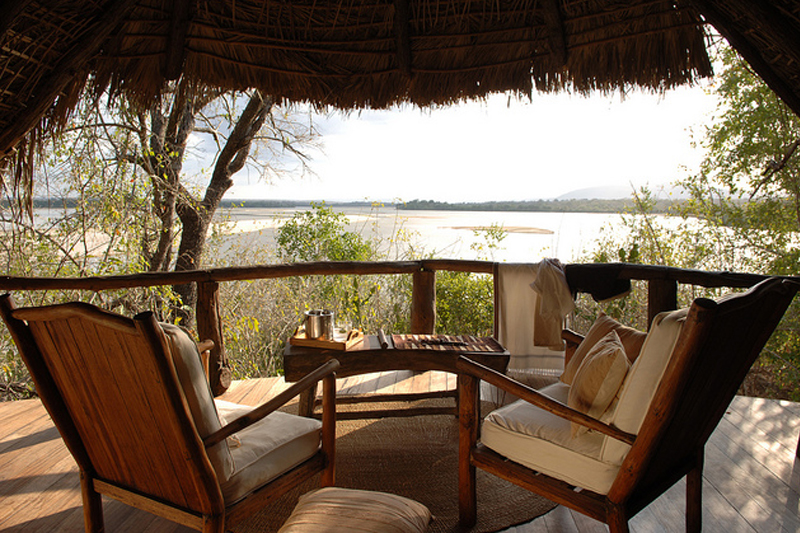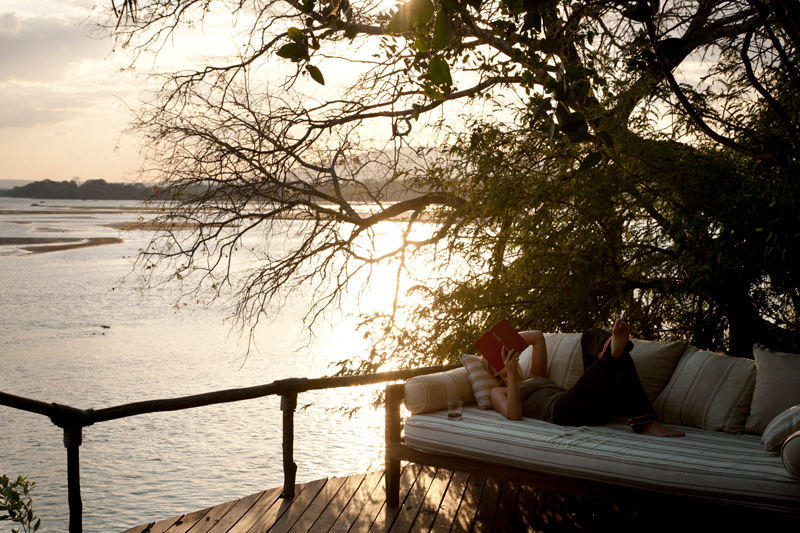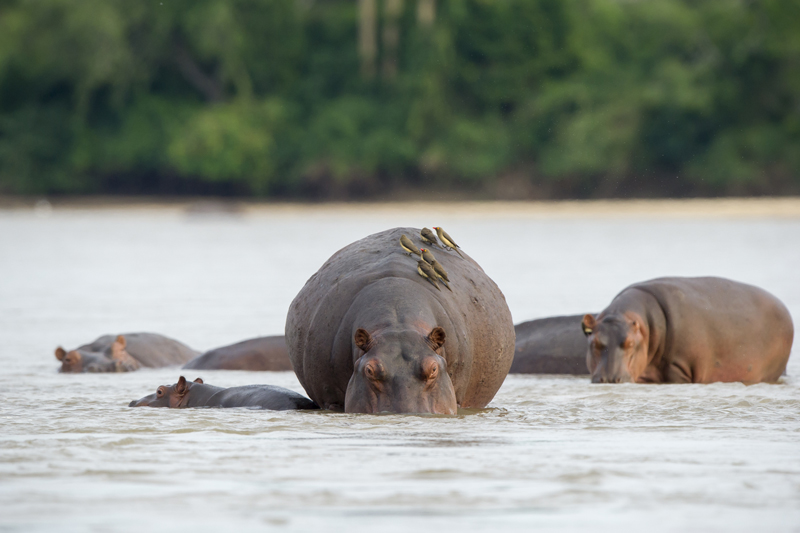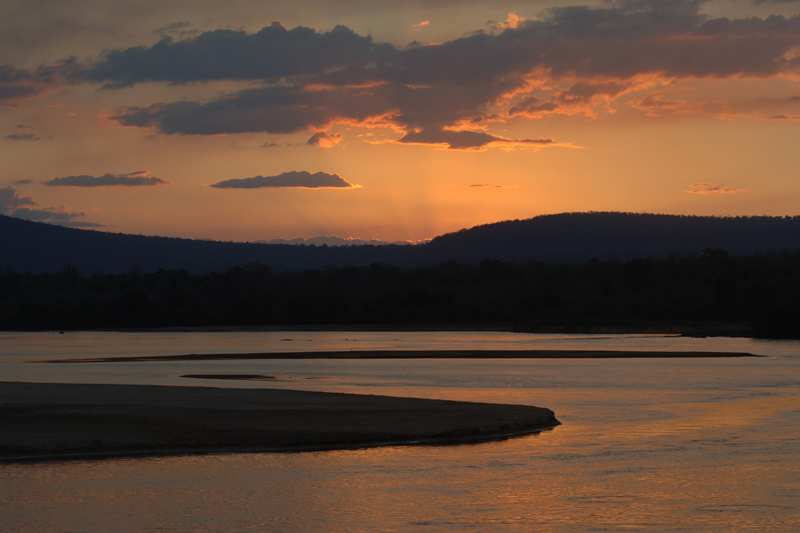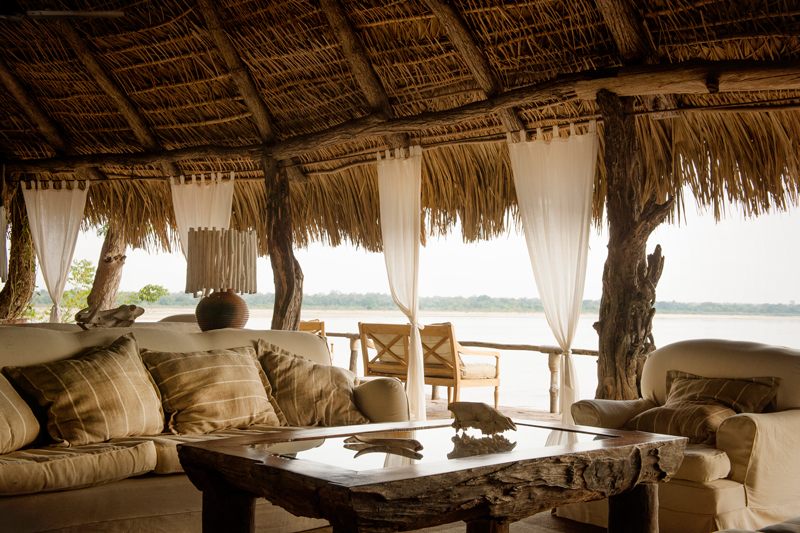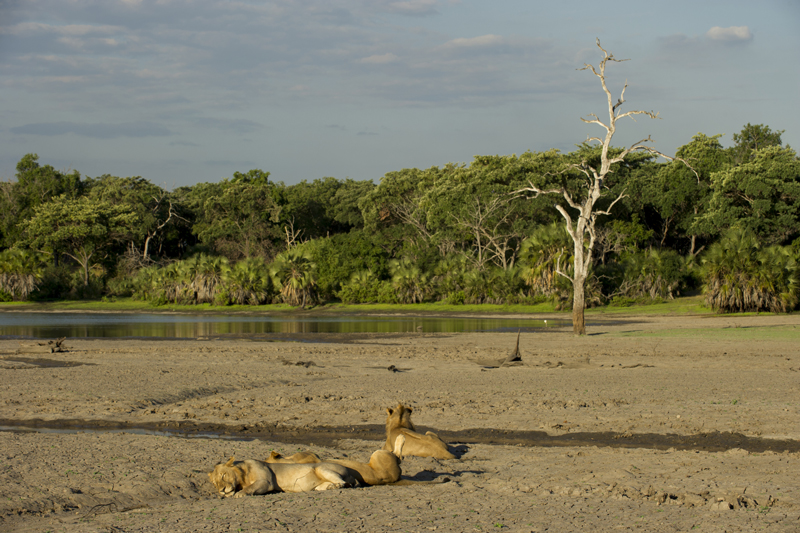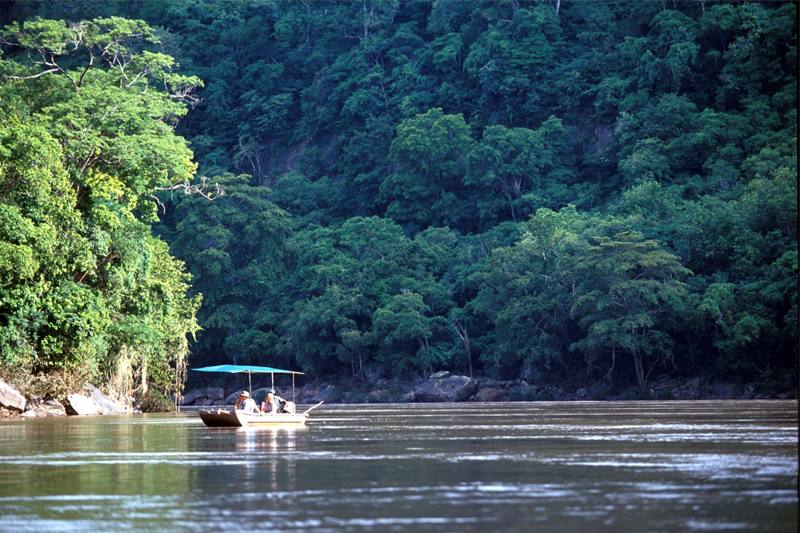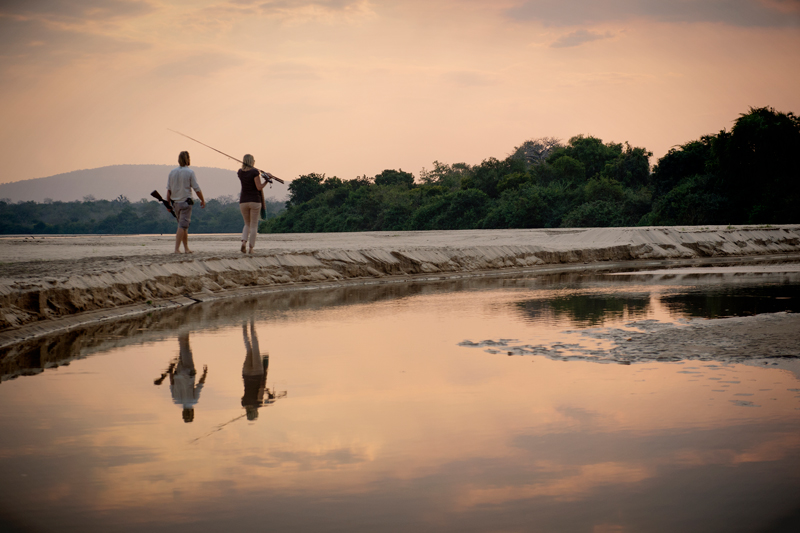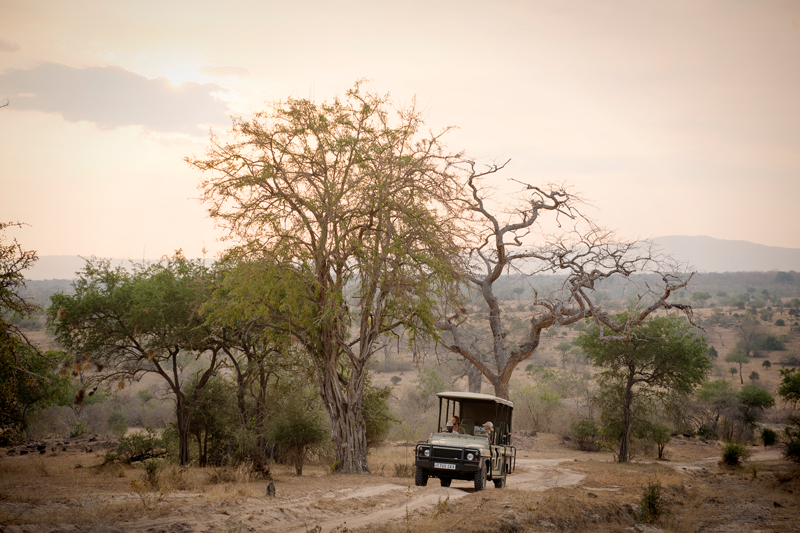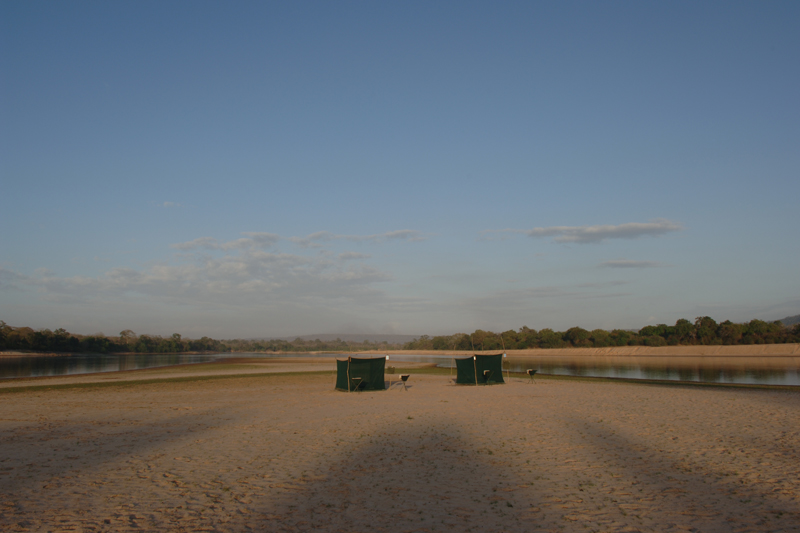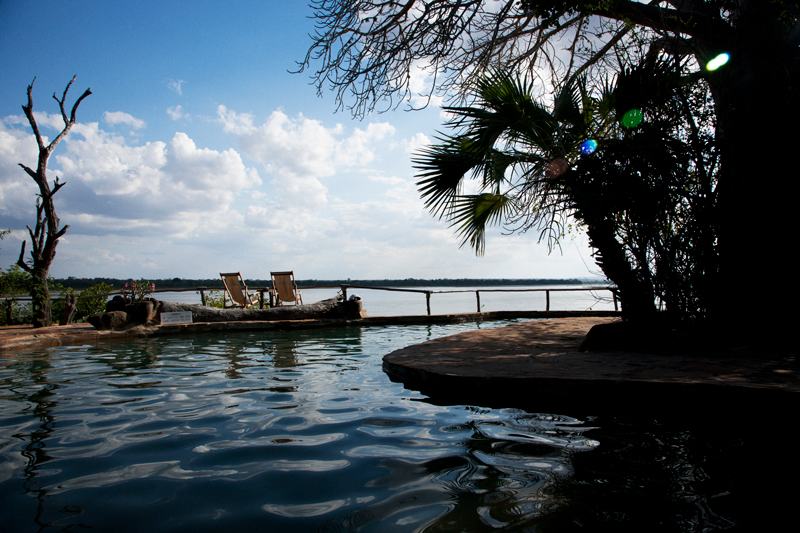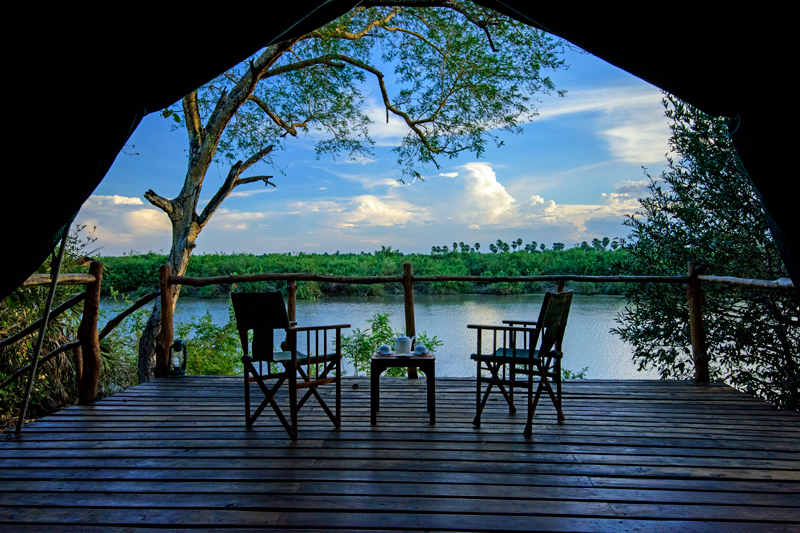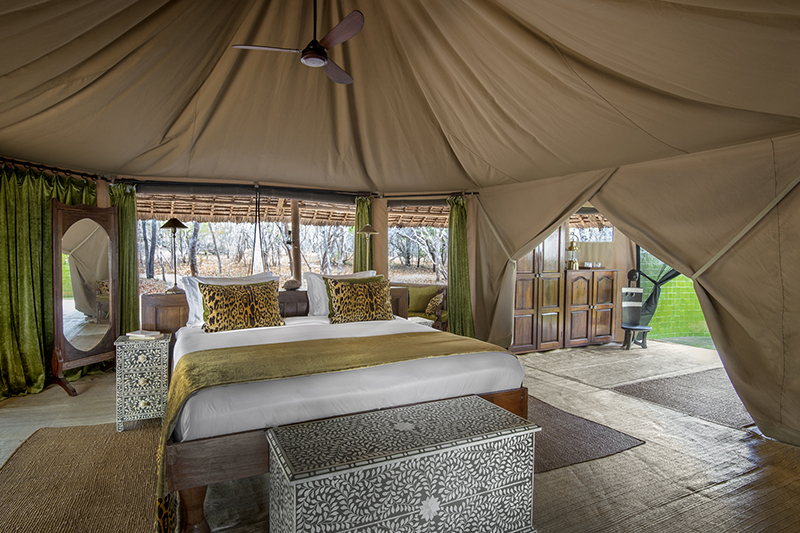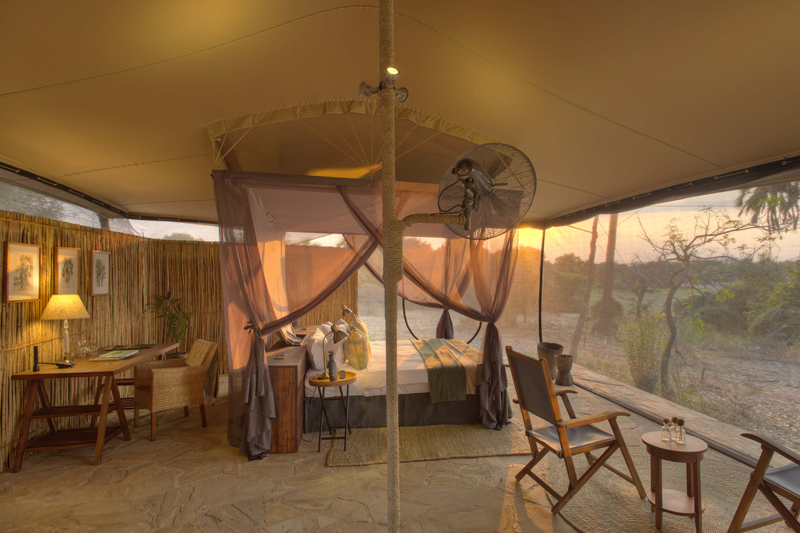Sand Rivers
Sand Rivers is a luxury lodge located overlooking the Rufiji River in the north-west section of the Nyerere National Park.
Sand Rivers is a very established lodge with a beautiful location on a wide bend in the Rufiji River. The setting is stunning and the area around camp is very exclusive for game viewing. Although generally good, game viewing around Sand Rivers is perhaps not always quite as guaranteed as some other areas in the park, which is why it is best suited to guests looking for a combination of experiences, including game viewing, walking, river safaris, birding and exclusive relaxation in the bush. Guiding is excellent which allows walking to be a focus. It also combines very well with intense game driving areas elsewhere in Tanzania, such as Ruaha and Serengeti. Run by Nomad Tanzania, the lodge management and staff are welcoming, the service is both excellent and personalised, and the food superb. Sand Rivers offers an upmarket, old-school approach which combines a genuine bush experience and warm hospitality with high levels of sophistication.
Rooms
Accommodation at Sand Rivers is for a maximum of 18 guests in five superbly appointed thatched ‘Riverside’ rooms and three ‘Hillside’ suites. The spacious rooms are open to the front with a sitting area and either twin or double beds within a mosquito net. They are built in a rustic style using local materials and makuti thatch. Each has plumbed en suite bathroom facilities, and its own view over the mighty Rufiji River. The three suites are slightly set back but raised up and all have a large living area, deck and a private plunge pool. One of the Riverside rooms is a family room with a second smaller en suite bedroom adjoining via an external deck.
Central Areas
Located lower down the hillside at the river’s edge, the main makuti thatched bar, lounge and dining area also offer superb views over the river. A swimming pool has been built into the banks of the river for use during the heat of the day.
Facilities
Wi-Fi – Yes
Power for Charging – Yes
Swimming Pool – Yes
Habitat & Wildlife
The Nyerere is Africa’s largest wildlife sanctuary, covering over 54,600 sq. kms. (almost the size of Ireland). The region is dominated by the Great Ruaha River and Kilombero rivers which join to form the Rufiji, East Africa’s greatest waterway.
One of the world’s last great wilderness areas, the Nyerere is scarcely known even today. It is an inaccessible region, dissected by water courses which become raging torrents during the rains, forcing the animals onto high ground. In the dry season, the rivers wither away to form ‘sand rivers’. Having a poor network of roads, and limited facilities, this wilderness has been virtually ignored in the pilgrimage to see East Africa’s wildlife heritage.
The reserve is formerly named after the famous hunter and explorer, Frederick Courtney Selous, but it was the Germans who first established a game reserve here in 1905. The first warden was an eccentric former ivory hunter called C.P. Ionides (known locally as the ‘Snake Man’) and it was he who helped develop the reserve into its present size. Under the wardenship of Brian Nicholson, the Nyerere became an example of intelligent wildlife management; it is divided into controlled areas and human habitation is prohibited. However, groves of mango trees scattered through the bush are grim reminders that the main southern caravan route from Lake Nyasa passed through this region; they grew from the stones dropped by slaves as they were marched towards the slave markets of Zanzibar.
Local game animals include elephant, buffalo, giraffe, eland, sable antelope, greater kudu, wildebeest, hartebeest, impala, waterbuck, bushbuck, tsessebe, common reedbuck, Bohor reedbuck, zebra, red duiker, blue duiker, common duiker, klipspringer, oribi, suni, grysbok, hippo, lion, leopard, wild dog, caracal, serval, crocodile, warthog, bushpig, spotted hyaena, jackal, honey badger, aardvark, porcupine, mongoose and bushbaby. The birdlife too is superb, with over 350 species having been recorded.
The habitat and scenery varies significantly over short distances: purple rolling hills, rock-strewn plains, ‘sand rivers’ lined with salt bush, swamps and marshes, rocky gorges, savannah bush country and miombo woodland. Tsetse fly are present in the Nyerere but not usually a major issue in the core game viewing areas.
Activities
Activities are varied and include game drives with a private guide and vehicle for every set of guests (mainly by day, though night drives can be booked at extra cost), boat excursions on the river, fishing and walking. A night’s fly-camping is also available at an extra cost and is highly recommended. Children must be 12 years or over to participate in walking and fly-camping.
Seasons
Sand Rivers Selous is open from June through to mid-March each year, though the best time for game viewing is from July to October.
Children over eight years are permitted though we would naturally suggest Sand Rivers to families with older children. Triples are possible, and there is a family unit with two en suite rooms linked via an outside deck. For larger family groups who would like exclusivity, Sand Rivers has a sister camp nearby, Kiba Point, which is a private use camp with four bedrooms including a family room.
Nomad Tanzania, owners of Sand Rivers, have made it their mission to “harness the power of Nomad to create life-enhancing opportunities”. They do this by focussing on three core areas:
Lifelong learning & growth – through supporting local talent and providing funding for business support and apprenticeship, using their business to create career opportunities and supporting local schools and wildlife education, Nomad recognises the importance of education and opportunity. Their meal-a-day programme feeds over 700 children across seven schools, while their student safari programme runs across many of their camps, allowing the next generation to foster an appreciation wildlife and wilderness.
Health & well-being – Nomad opens their camps for periods for medical outreach to allow doctors, dentists and other professionals to have access to a base, cars and planes to treat communities in the remote areas they operate.
Conservation & environment – in addition to keeping their own footprint as light as possible, Nomad Tanzania supports local projects and environmental partners in the areas they operate. This includes donating to de-snaring efforts and supplying bednights, vehicles and logistics where possible.
Nomad Tanzania is a member of Pack For A Purpose and guests may use the space in their luggage to bring in donations of items in need relevant to the location they are visiting.



